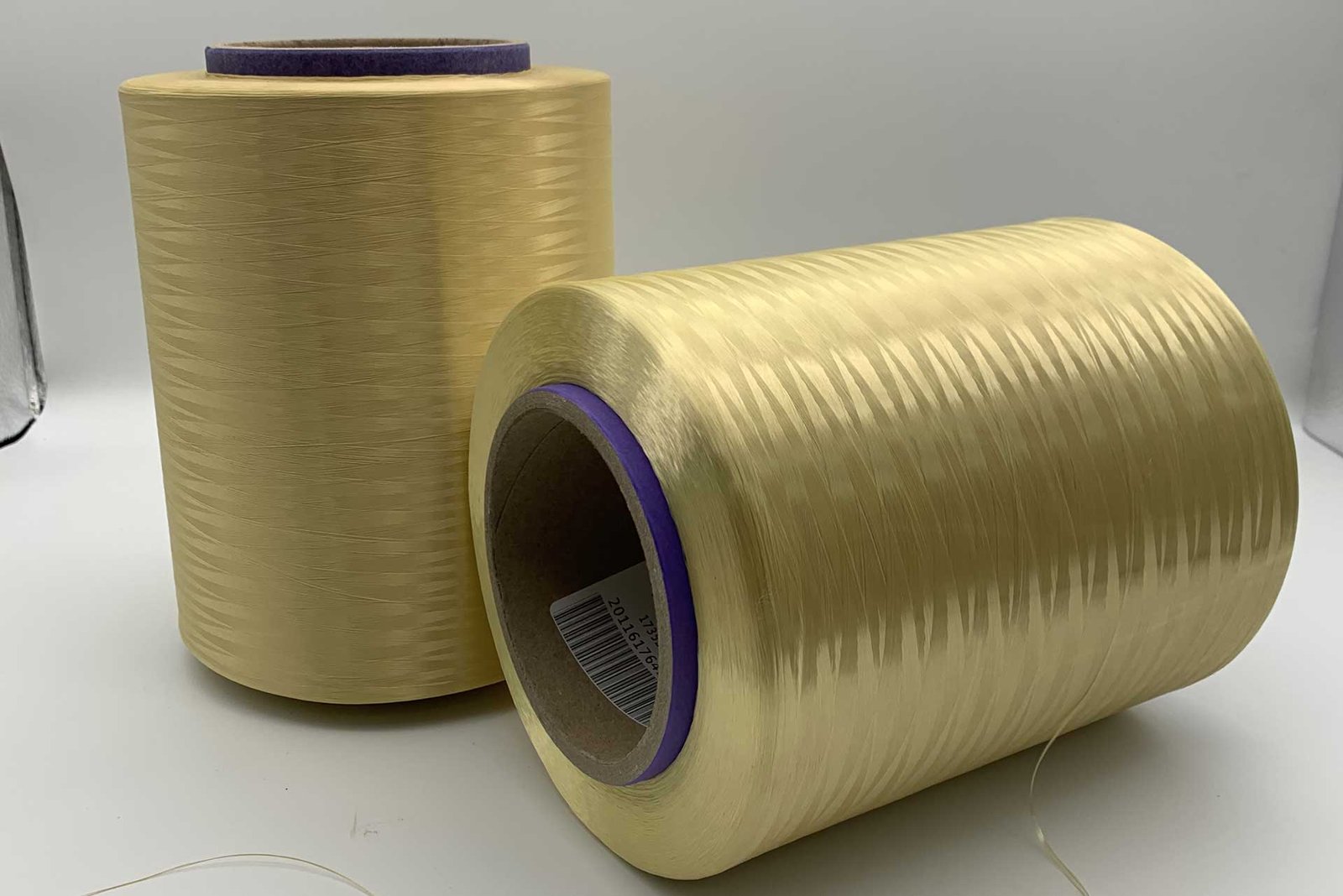
Description
An exceptionally strong fiber best known for manufacturing bulletproof vests.
Aramid is a high-performance synthetic fiber made from aromatic polyamide. There are two types of aramid – Nomex, which is chemical, electrical, and fire resistant; and Kevlar, which is extremely strong and usually gold in color. Aramid fibers can be very strong yet lightweight.
Background
Story
The name aramid is a short for “aromatic polyamide”. Aramid was first created at DuPont by Stephanie Kwolek during the 1930s. In the 1970s, it was used commercially to replace steel in racing tires.
Manufacturing
he polymer poly-metaphenylene isophthalamide is used to make meta- aramids and the polymer p-phenylene terephthalamide to make para-aramids. Because the aramids decompose before they melt they are produced by wet and dry spinning methods. Sulphuric acid is the normal solvent used in the spinning processes. In wet spinning a strong solution of the polymer, which also contains inorganic salts, is spun through a spinneret into weak acid or water. In this bath the salts leach out. In the dry spinning process the salts are more difficult to remove and this process is only used to produce the weaker meta-aramid fibres. In both processes post treatment of the fibres by additional drawing is used to optimise fibre properties. Aramid products are available as filament yarn, staple fibre or pulp. (Aramid fibers manufacturing method)

Expertises
Characteristic
- Lightweight and stiffer than glass
- Highly tear and cut resistant with excellent ballistic properties
- Flame resistant
- Sensitive to UV
- Chemical resistant but sensitive to acids
- Non-conductive
Fiber Structure
In aramid fibers a series of synthetic polymers in which repeating units have large phenyl rings are linked together by amide groups. Amide groups (CO-NH) form strong bonds that are resistant to solvets and heat. Phenyl rings are bulky six-sided groups of carbon and hydrogen atoms that prevent polymer chains from rotating and twisting around their chemical bonds.
Advantages of aramid fibers
Aramid main advantages are high strength and low weight. Like graphite, it has slightly negative axial coefficient of thermal expansion, which means aramid laminates can be made thermally table in dimensions. Unlike graphite, it is very resistant to impact and abrasion damage. It can be made waterproof when combined with other materials like epoxy. It can be used as a composite with rubber retaining its flexibility. High tensile modulus and low breakage elongation combined with very good resistance to chemicals make it the right choice for different composite structural parts inn various applications
Conclusion
The current production of continuous aramid fibres (both low and high modulus) worldwide is estimated at about 60,000 metric tons (MT)/year, only 4% of which goes into composite applications. This represents 2,400 MT/year, compared to 40,000 MT/year of carbon and five million MT/year of glass fibre.
Social
12k followers
30k likes
Youtube
22k subscribers
8k followers
Have a project in mind?
If you have a great idea, reach out to me. Whether it is a small or big project, I will listen first and get back to you with a plan.

